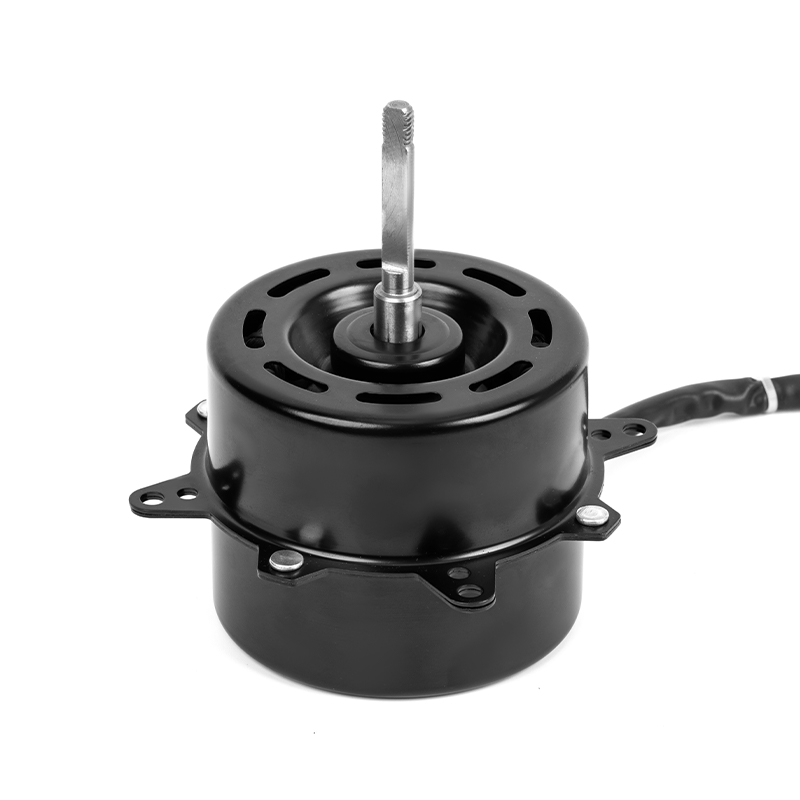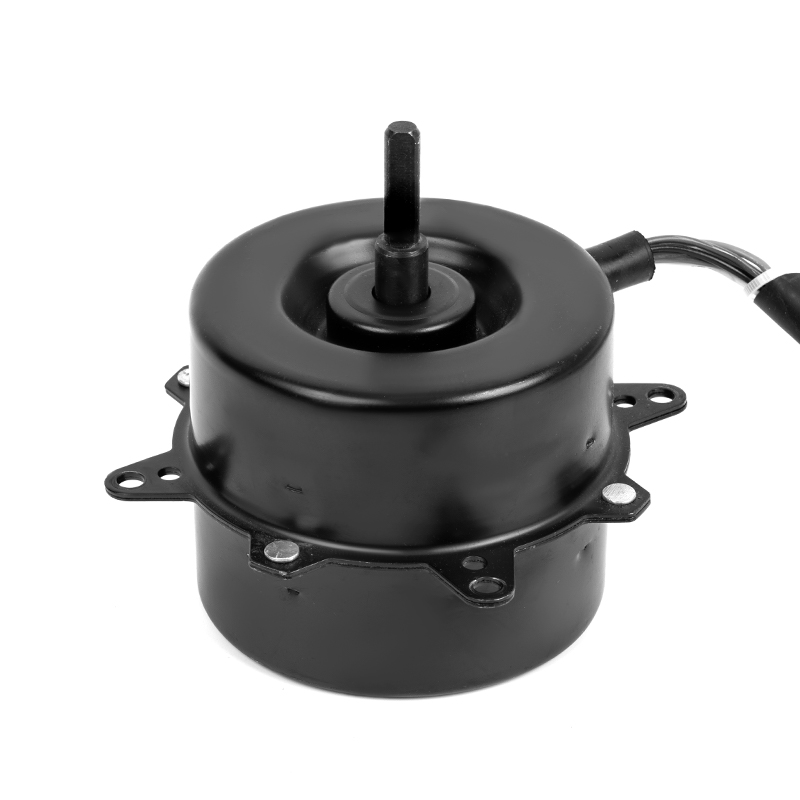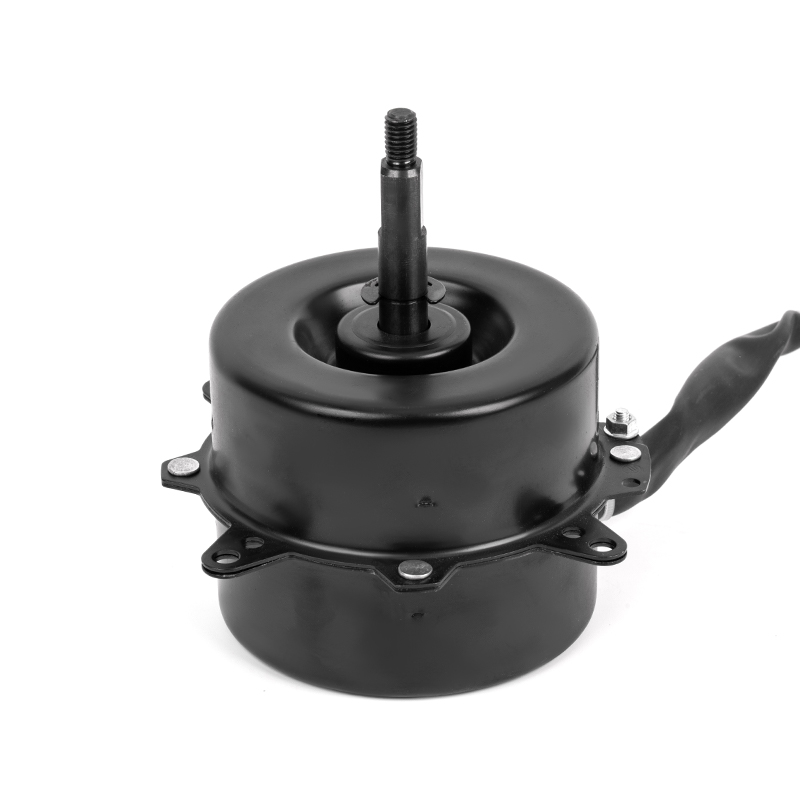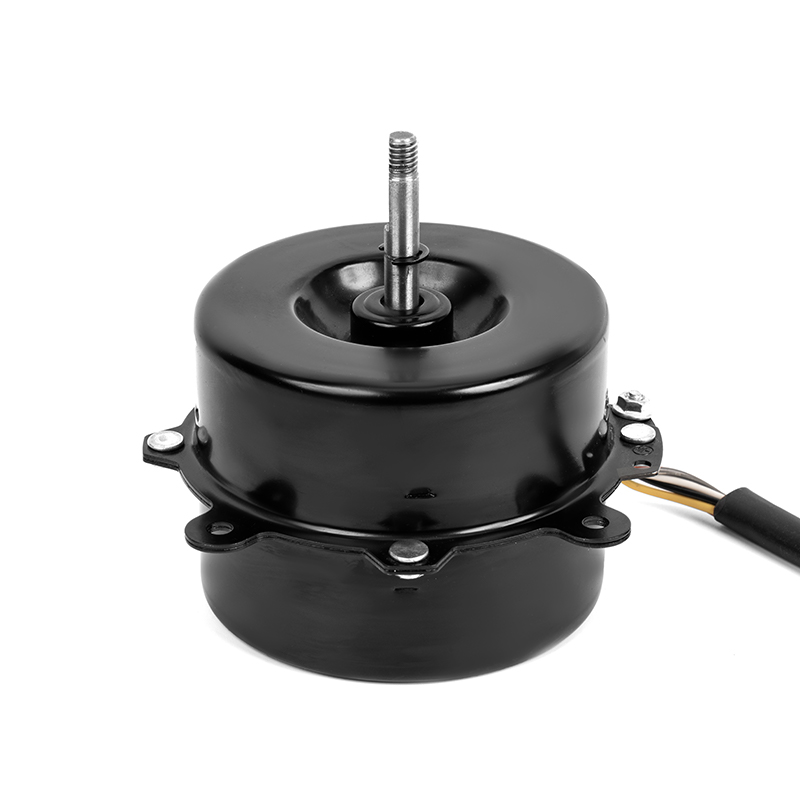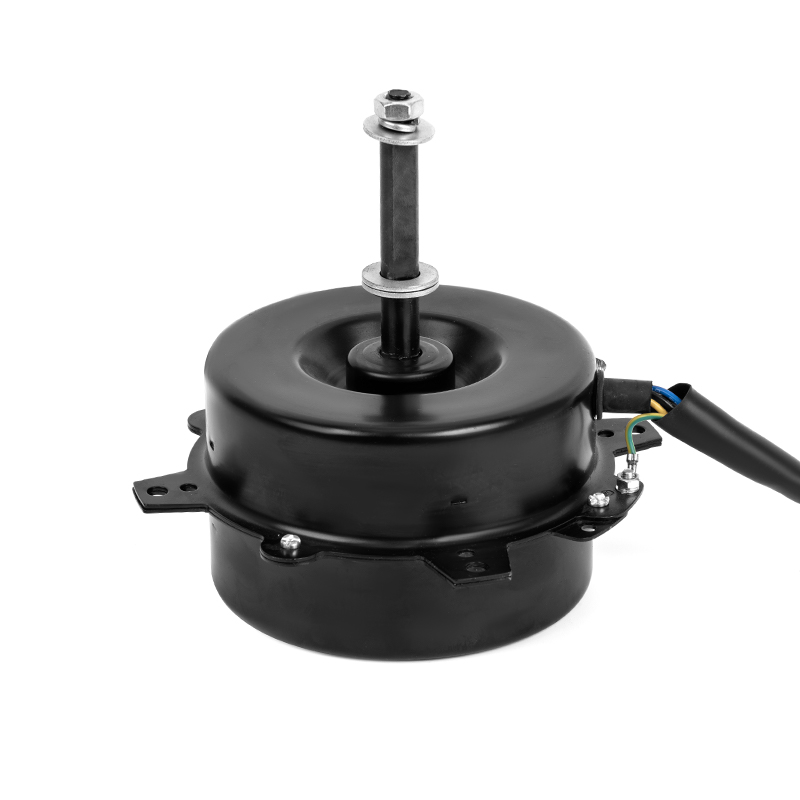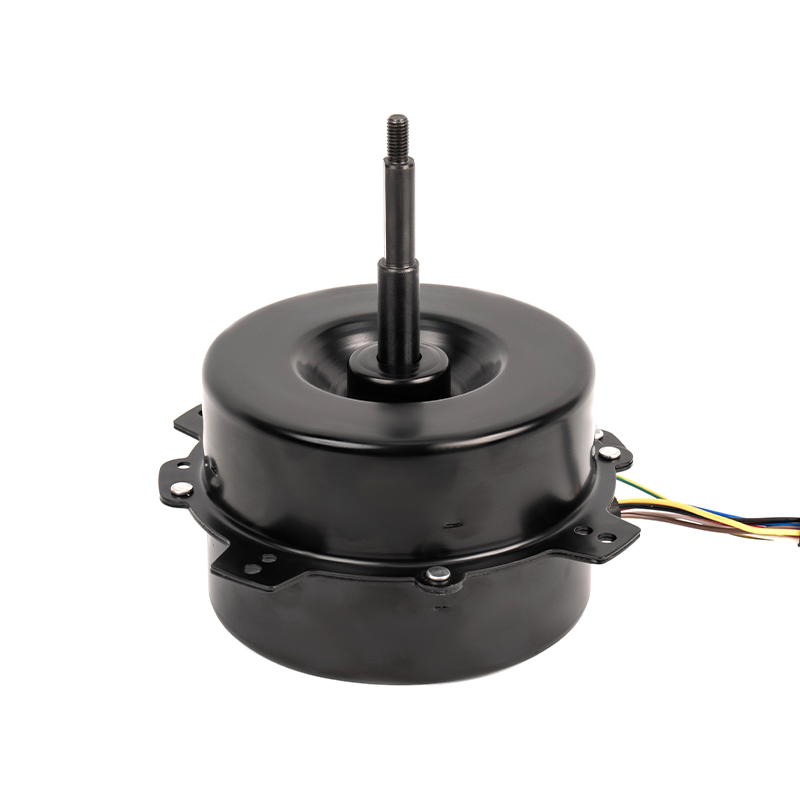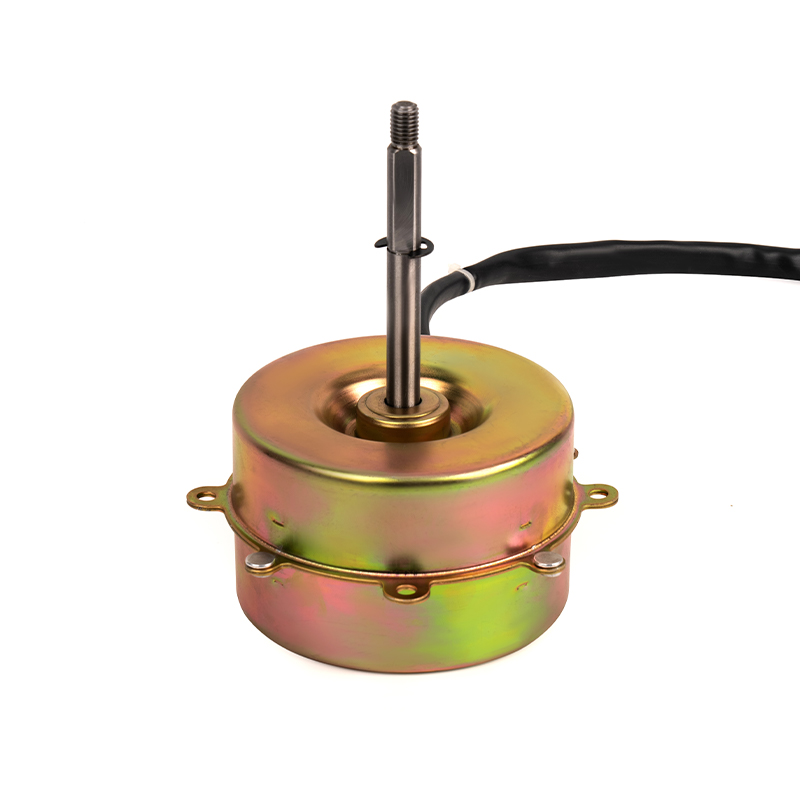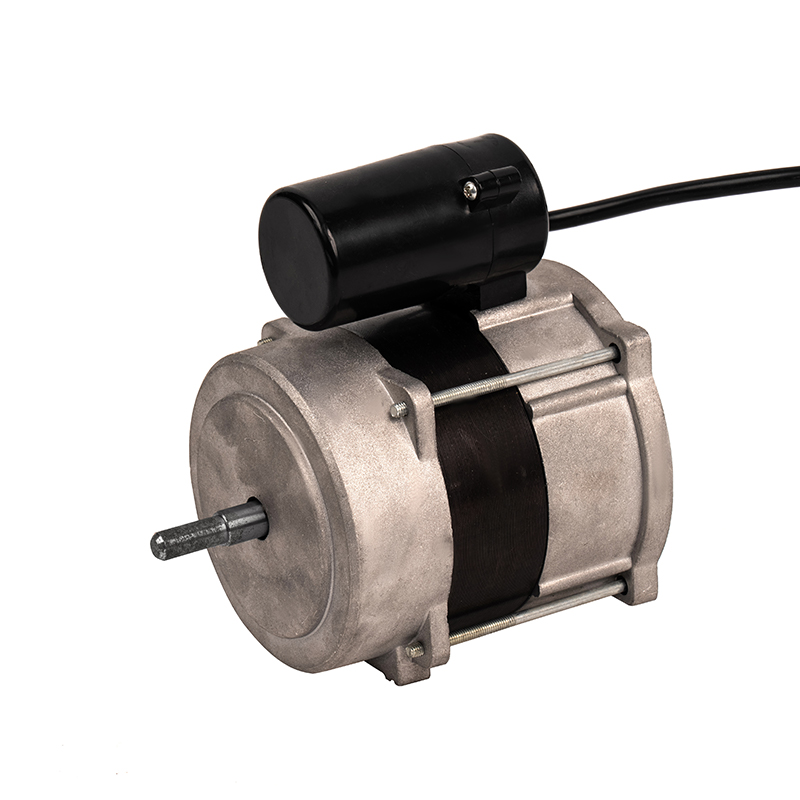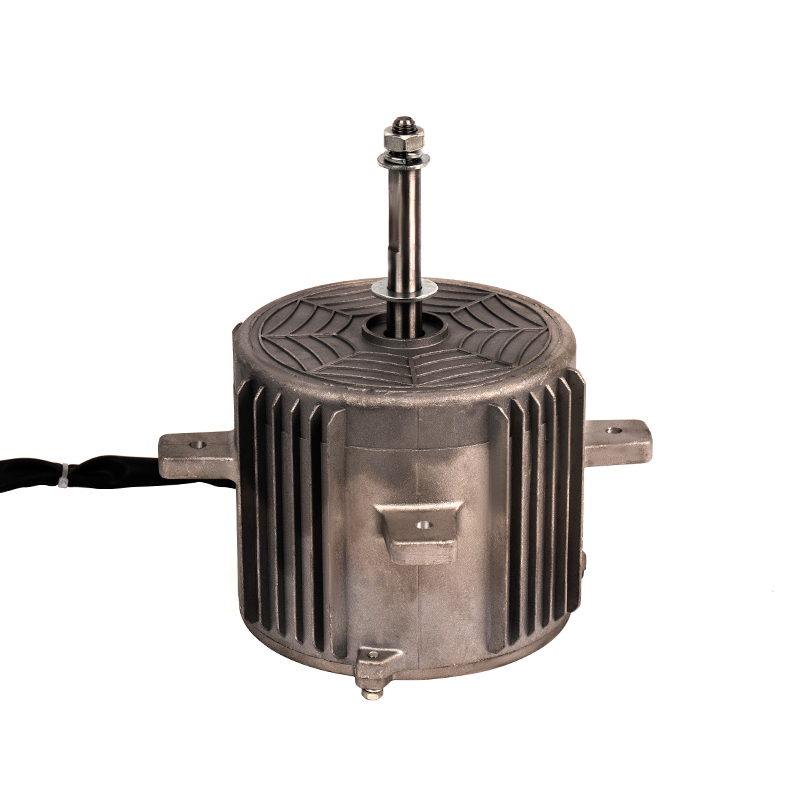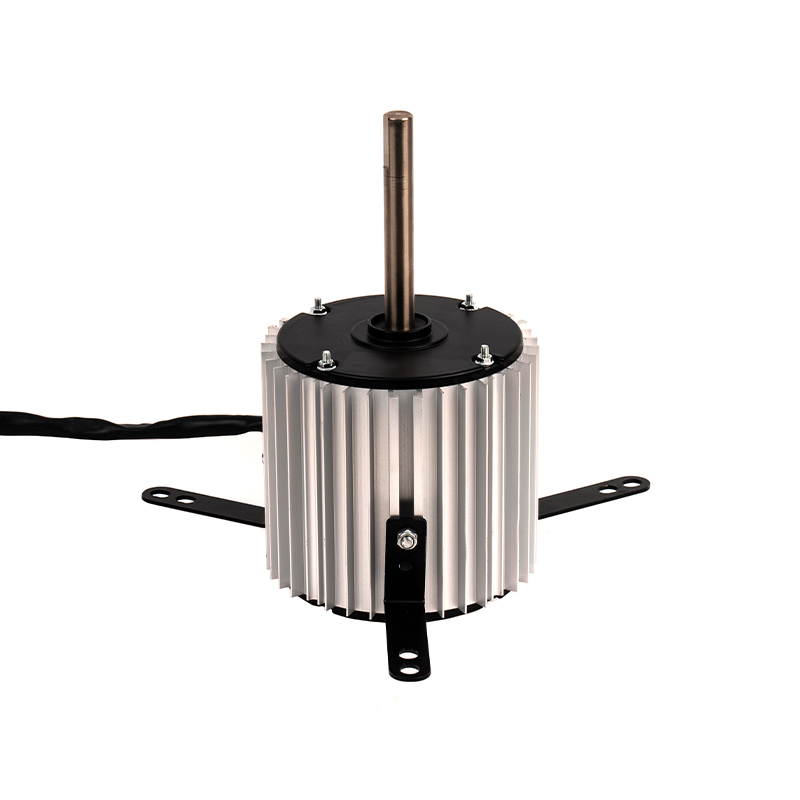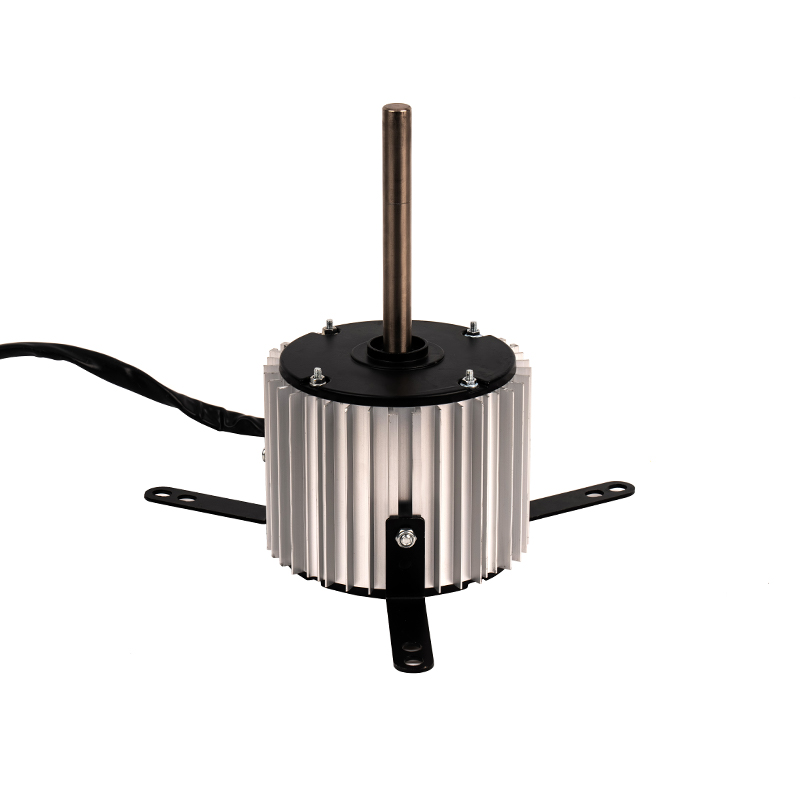Selecting the correct Small Heating AC Motor is critical to balancing performance with energy efficiency. If the motor is oversized for the application, it will consume more power than necessary, especially when the system is running at partial load or during lower heating demands. An oversized motor may also cycle on and off frequently, causing inefficiency and wear. On the other hand, a motor that is too small for the application will have to work harder, potentially leading to overheating and premature failure. To optimize energy consumption, it’s crucial to match the motor’s power rating with the specific heating needs of the system, ensuring it can operate effectively without excessive power draw. A precise match between motor and load guarantees that the motor will work within its optimal performance range, improving both energy efficiency and system reliability.
Incorporating Variable Speed Drives (VSDs) or Variable Frequency Drives (VFDs) is one of the most effective ways to optimize the energy consumption and efficiency of a Small Heating AC Motor. These drives allow for the adjustment of the motor's speed based on demand, providing flexibility in operation. By dynamically controlling the motor speed in response to changing heating loads, VSDs ensure that the motor consumes only the necessary energy at any given moment. This also minimizes energy wastage during off-peak periods when the heating demand is low, as the motor can operate at a reduced speed or even stop entirely if no heating is needed. VSDs offer the added benefit of smoother operation and lower mechanical wear, further enhancing the system's lifespan. This technology is especially useful in systems with fluctuating heating requirements, such as those found in commercial buildings or homes with variable occupancy.
Proper maintenance is a key factor in maximizing the performance of a Small Heating AC Motor and ensuring optimal energy efficiency. Over time, motors can accumulate dust, debris, and dirt, which can impede airflow and cause mechanical friction. Friction increases energy consumption as the motor needs to work harder to overcome resistance. Routine cleaning and inspection of motor components—such as checking the bearings, cleaning air vents, and replacing worn-out brushes—can significantly reduce unnecessary power draw. Lubricating the moving parts helps to minimize friction, further improving motor efficiency. Preventive maintenance is equally important, as it helps identify potential issues, such as electrical imbalances or misalignments, that could cause the motor to operate inefficiently. Implementing a regular maintenance schedule ensures the motor operates smoothly, lowering the chances of breakdowns and improving long-term energy savings.
The design of the heating system itself plays a significant role in the efficiency of the Small Heating AC Motor. An optimized system ensures that the motor can operate with minimal resistance, reducing the overall workload required to heat the space. For instance, ductwork that is too narrow or obstructed by dirt can cause increased pressure, forcing the motor to work harder to move air throughout the system. Poorly designed or leaky ducting can result in significant heat loss, meaning the motor will need to run longer or at higher speeds to compensate. Proper insulation in the system, such as insulated ducts and pipes, will help prevent heat loss, making it easier for the Small Heating AC Motor to maintain a consistent temperature in the space. Ensuring that the system layout allows for efficient airflow and distribution of heat will prevent the motor from working harder than necessary. By addressing these design issues, you can ensure the motor operates at its most efficient capacity, maximizing both energy savings and heating performance.
One of the most direct ways to improve energy consumption and heating efficiency is by choosing Small Heating AC Motors designed for high-efficiency operation. High-efficiency motors, such as those classified under the IE3 (Premium Efficiency) or IE4 (Super Premium Efficiency) standards, are specifically designed to reduce energy losses. These motors use advanced materials, improved construction techniques, and enhanced designs to convert a higher percentage of electrical energy into mechanical power, significantly reducing wasted energy. For example, high-efficiency motors feature better insulation to prevent heat buildup and lower levels of electrical losses, such as those caused by resistance in the windings. Although these motors may come at a higher initial cost, the long-term energy savings make them an excellent investment, especially in heating applications where the motor operates frequently and over extended periods.



 English
English عربى
عربى ++86 13524608688
++86 13524608688